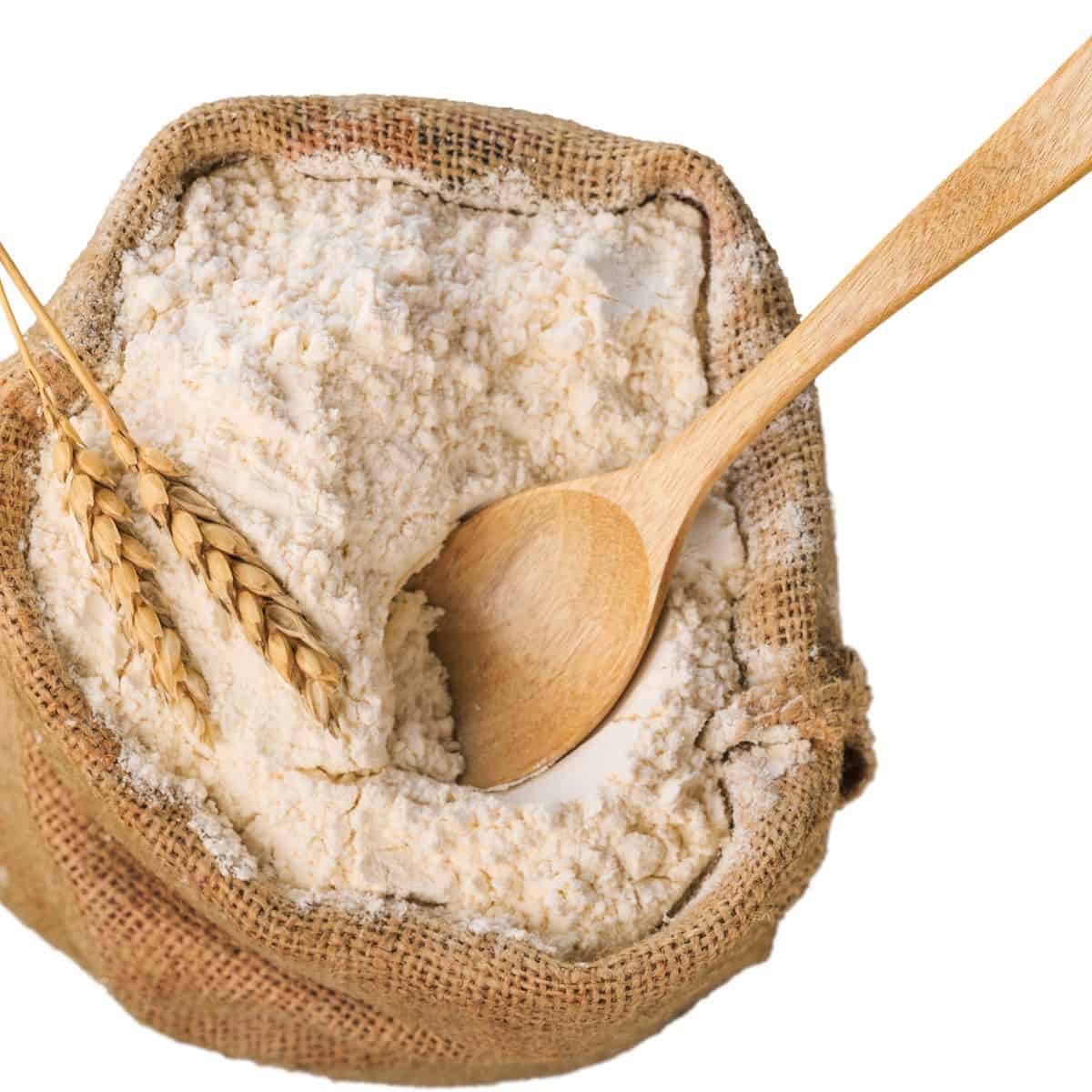

Articles
How To Store Bulk Flour Long-Term
Modified: January 6, 2024
Discover effective strategies for storing bulk flour long-term in this informative article. Find expert tips and guidance to ensure your flour stays fresh and usable for extended periods.
(Many of the links in this article redirect to a specific reviewed product. Your purchase of these products through affiliate links helps to generate commission for Storables.com, at no extra cost. Learn more)
Introduction
When it comes to baking, one of the essential ingredients is flour. Whether you’re a professional baker or just enjoy whipping up delicious treats in your kitchen, having a good supply of flour on hand is crucial. However, buying flour in bulk can be a cost-effective option, especially if you use it frequently. But how can you ensure that the flour stays fresh and usable over an extended period? In this article, we will explore the best practices for storing bulk flour long-term to maintain its quality and taste.
Storing flour properly is essential to prevent spoilage, insect infestation, and loss of nutrients. The key to preserving the quality of your flour is to provide the right environment and use suitable containers that protect it from moisture, heat, and pests. By following these guidelines, you can be confident that your bulk flour will stay fresh and ready to use whenever you need it.
So, let’s dive into the details of how to store bulk flour long-term and ensure that your baking endeavors are always a success!
Key Takeaways:
- Properly storing bulk flour involves choosing the right containers, preparing the flour, selecting suitable storage locations, and following best practices to maintain its quality and freshness.
- Monitoring and rotating your bulk flour supplies is essential to ensure freshness. Labeling, FIFO method, regular inspections, sensory checks, and inventory maintenance are effective strategies for maintaining quality flour.
Read more: How To Store Flour Long Term
Choosing the Right Containers
When it comes to storing bulk flour, selecting the right containers is crucial. The containers you choose should be airtight and able to keep out moisture and pests. Here are some options to consider:
- Food-Grade Plastic Containers: Look for containers specifically designed for storing food. These containers are typically made from high-quality plastic that is BPA-free and FDA-approved. They come in a variety of sizes and shapes, allowing you to choose the one that best suits your needs.
- Glass Jars: Glass jars are a popular choice for storing small quantities of flour. They are easy to clean, non-reactive, and provide a clear view of the contents. Make sure the jars have a tight-sealing lid to keep out moisture and pests.
- Metal Containers: Metal containers, such as stainless steel or tin, can also be used for storing bulk flour. These containers are durable, resistant to odors, and offer excellent protection against moisture. Look for ones with a tight-fitting lid that provides an airtight seal.
- Sealable Bags: If you prefer a more flexible storage option, sealable bags can be a good choice. These bags are made from durable materials and come with a zip-lock or twist-tie closure. Make sure they are food-safe and designed for long-term storage.
Regardless of the container you choose, remember to clean and dry it thoroughly before using it to store your flour. This helps prevent any contaminants from affecting the quality and taste of the flour.
Additionally, label your containers with the date of purchase or expiration to maintain proper inventory rotation. This way, you can ensure you use the oldest flour first and prevent any unnecessary waste.
Now that we have covered the importance of choosing the right containers, let’s move on to preparing the flour for storage.
Preparing the Flour for Storage
Before storing your bulk flour, it is essential to take some steps to prepare it for long-term storage. These steps will help ensure the flour remains fresh and free from any contaminants. Here’s what you need to do:
- Sift the Flour: Sifting the flour helps remove any lumps and aerates it, improving its texture. This step is particularly important if you’re planning to store the flour for an extended period as it prevents clumping.
- Freeze the Flour: To kill any potential flour bugs or eggs that may be present, freezing the flour before storage is a recommended step. Place the flour in a plastic bag or container and put it in the freezer for at least 48 hours. This process will ensure that any pests are eliminated and won’t cause any issues later on.
- Divide into Smaller Portions: If you have a large quantity of bulk flour, consider dividing it into smaller portions. This allows you to open and use only what you need without exposing the rest of the flour to air and moisture.
- Use Oxygen Absorbers: Another useful tip is to add oxygen absorbers to the storage containers. These small packets help remove oxygen from the container, reducing the risk of spoilage and preventing the growth of harmful microorganisms.
By following these preparation steps, you can ensure that your bulk flour is clean, free from pests, and ready for long-term storage. Now that we’ve got the flour ready, let’s explore the best storage locations for optimal freshness.
Storage Locations
Choosing the right storage location for your bulk flour is essential to maintain its quality and freshness. Here are some tips on where to store your flour:
- Cool and Dry Pantry: A cool and dry pantry is an ideal storage location for your bulk flour. Ensure that the area is away from direct sunlight and sources of heat, as heat can cause the flour to spoil quickly. Keeping the pantry cool and dry creates a stable environment that helps prolong the shelf life of the flour.
- Dark Cupboards or Cabinets: If you don’t have a pantry, consider storing your bulk flour in dark cupboards or cabinets. Ensure these spaces are free from moisture and are not near the stove or other heat sources.
- Refrigerator: If you live in a particularly warm and humid climate, storing your bulk flour in the refrigerator can help extend its shelf life. However, keep in mind that refrigerating flour can lead to condensation, which may affect the quality and texture of the flour. If you choose to refrigerate, make sure to use airtight containers.
- Freezer: For long-term storage or if you anticipate not using the flour for an extended period, you can store bulk flour in the freezer. The freezing temperatures will help preserve the flour’s freshness and keep it free from pests. Be sure to use freezer-safe containers or bags and thaw the flour at room temperature before use.
Remember to choose a storage location that is easily accessible and convenient for your baking needs. Avoid storing flour near strong-smelling substances, such as spices or cleaning supplies, as flour absorbs odors easily.
Now that you know where to store your bulk flour, let’s explore some tips to keep your flour fresh for longer periods.
Store bulk flour long-term by keeping it in a cool, dark place in an airtight container to prevent moisture and pests from getting in. Consider using food-grade buckets with tight-fitting lids for larger quantities.
Keeping Flour Fresh
Properly storing your bulk flour is just one part of the equation to maintain its freshness. There are additional steps you can take to ensure that your flour stays as fresh as possible for extended periods. Here are some tips:
- Avoid Exposure to Moisture: Moisture is the biggest enemy of flour. Keep your flour away from areas with high humidity, such as the kitchen sink or dishwasher. Make sure your storage containers are tightly sealed to prevent any moisture from getting in.
- Keep Away from Heat: Heat can cause the flour to go rancid quickly. Keep your flour in a cool location, away from direct sunlight or any heat sources like the oven or stove.
- Minimize Air Exposure: Oxygen can cause the quality of flour to deteriorate over time. Make sure your containers have airtight seals to minimize air exposure. If using bags, be sure to seal them tightly after each use.
- Avoid Cross-Contamination: Keep your bulk flour separate from other food items, especially those with strong odors. Flour easily absorbs odors, which can affect its taste and quality.
- Store in Small Portions: If possible, store flour in smaller portions to minimize the need to frequently open the containers. Opening the container exposes the flour to air, moisture, and contaminants.
By following these tips, you can help extend the shelf life of your bulk flour and ensure that it remains fresh and ready to use whenever you need it.
However, it’s also crucial to monitor your flour supplies and rotate them regularly to maintain freshness.
Let’s explore some strategies for monitoring and rotating your flour supplies.
Read more: How To Store Bulk Flour
Monitoring and Rotating Supplies
Monitoring and rotating your bulk flour supplies is essential to ensure that you always have fresh flour on hand. Here are some strategies to help you keep track of your supplies and maintain freshness:
- Label and Date: Label each container or bag of flour with the purchase or expiration date. This way, you can easily identify the oldest flour and use it first to prevent any spoilage or waste.
- First In, First Out (FIFO): Practice the FIFO method by placing the newly purchased flour at the back of the storage area and using the older flour first. This way, you ensure that the flour gets used in the order it was purchased, minimizing the risk of using expired or stale flour.
- Regular Inspections: Periodically inspect your flour containers for any signs of moisture, pests, or spoilage. If you notice any issues, discard the affected flour immediately to prevent contamination of the rest of your supplies.
- Check for Rancidity: Rancid flour has a sour smell and a bitter taste. Before using the flour, perform a sensory check to ensure it is still fresh. If you detect any off-putting odors or flavors, it’s best to discard it and get a fresh supply.
- Keep an Inventory: Maintain an inventory list of your bulk flour supplies, including the purchase date and quantity. This helps you keep track of how much flour you have and when you need to restock.
By implementing these strategies, you can ensure that your bulk flour supplies remain fresh and of the highest quality. You’ll have the peace of mind knowing that your flour is ready to use whenever you’re in the mood for baking.
Now that we’ve covered monitoring and rotating your flour supplies, let’s summarize what we’ve learned.
Conclusion
Storing bulk flour long-term requires careful consideration to maintain its quality, taste, and freshness. By choosing the right containers, preparing the flour properly, selecting suitable storage locations, and following best practices, you can ensure that your flour remains usable for extended periods.
Choosing food-grade plastic containers, glass jars, metal containers, or sealable bags provides the necessary protection against moisture and pests. It’s important to clean and dry the containers thoroughly before use to avoid any contaminants affecting the flour.
Preparing the flour involves sifting, freezing, and dividing it into smaller portions. These steps ensure the removal of lumps, eliminate pests, and make it easier to use without exposing the entire batch to air and moisture.
Storage locations should be cool, dry, and away from direct sunlight or heat sources. A pantry, dark cupboards, refrigerator, or freezer can serve as suitable storage areas depending on your climate and preferences.
To keep your flour fresh, avoid exposure to moisture, heat, and air. Minimize cross-contamination and store flour in smaller portions to minimize the need for frequent container openings.
Monitoring and rotating your flour supplies is essential for maintaining freshness. Labeling, practicing the FIFO method, regular inspections, sensory checks for rancidity, and keeping an inventory are effective strategies to ensure you use the oldest flour first and prevent spoilage or waste.
By following these guidelines, you can store bulk flour long-term with confidence. Always be mindful of the storage conditions, monitor your supplies regularly, and use the flour within its recommended shelf life for the best results in your baking endeavors.
Now that you have the knowledge to store bulk flour effectively, it’s time to stock up and enjoy the convenience and cost savings it offers. Happy baking!
Frequently Asked Questions about How To Store Bulk Flour Long-Term
Was this page helpful?
At Storables.com, we guarantee accurate and reliable information. Our content, validated by Expert Board Contributors, is crafted following stringent Editorial Policies. We're committed to providing you with well-researched, expert-backed insights for all your informational needs.

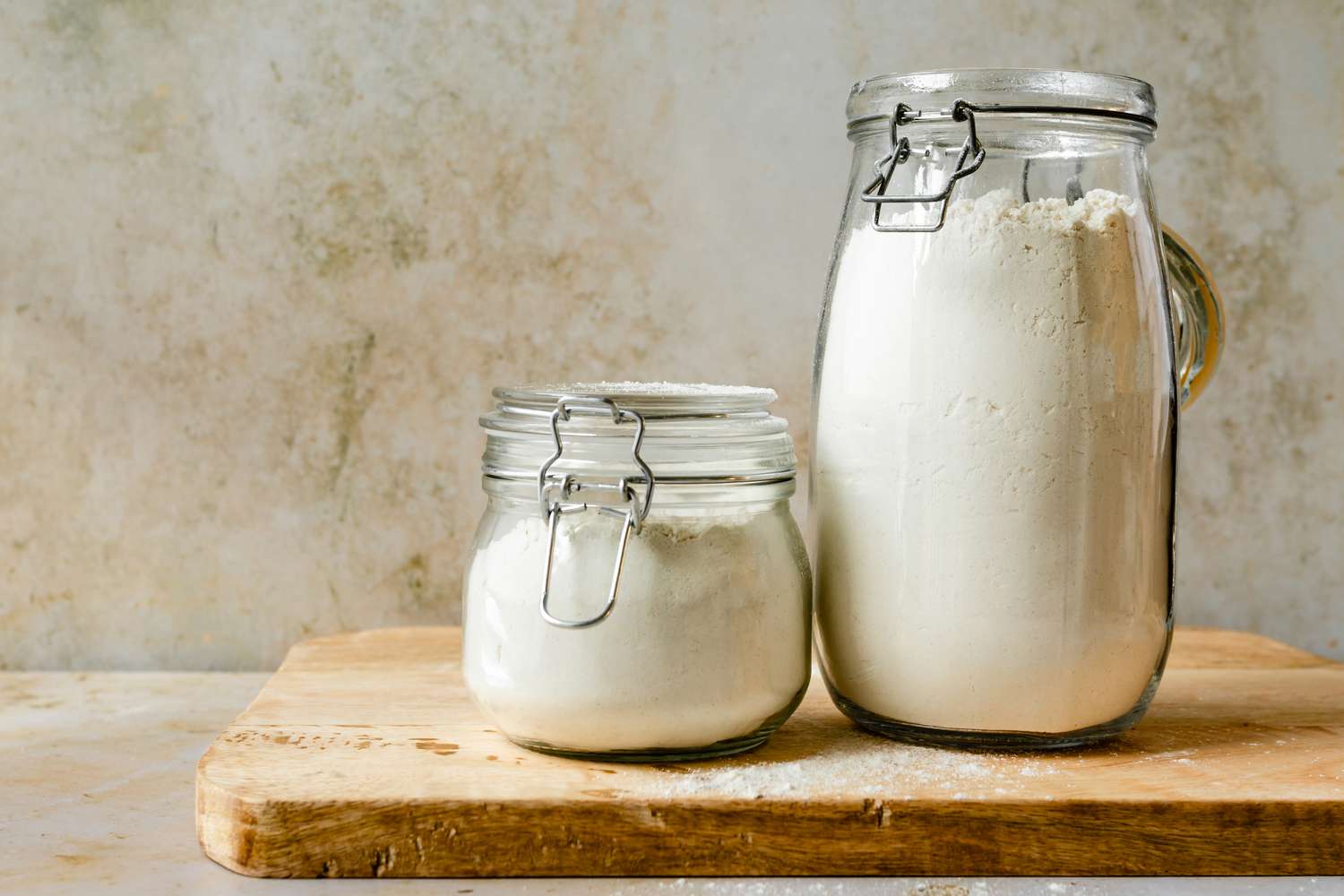
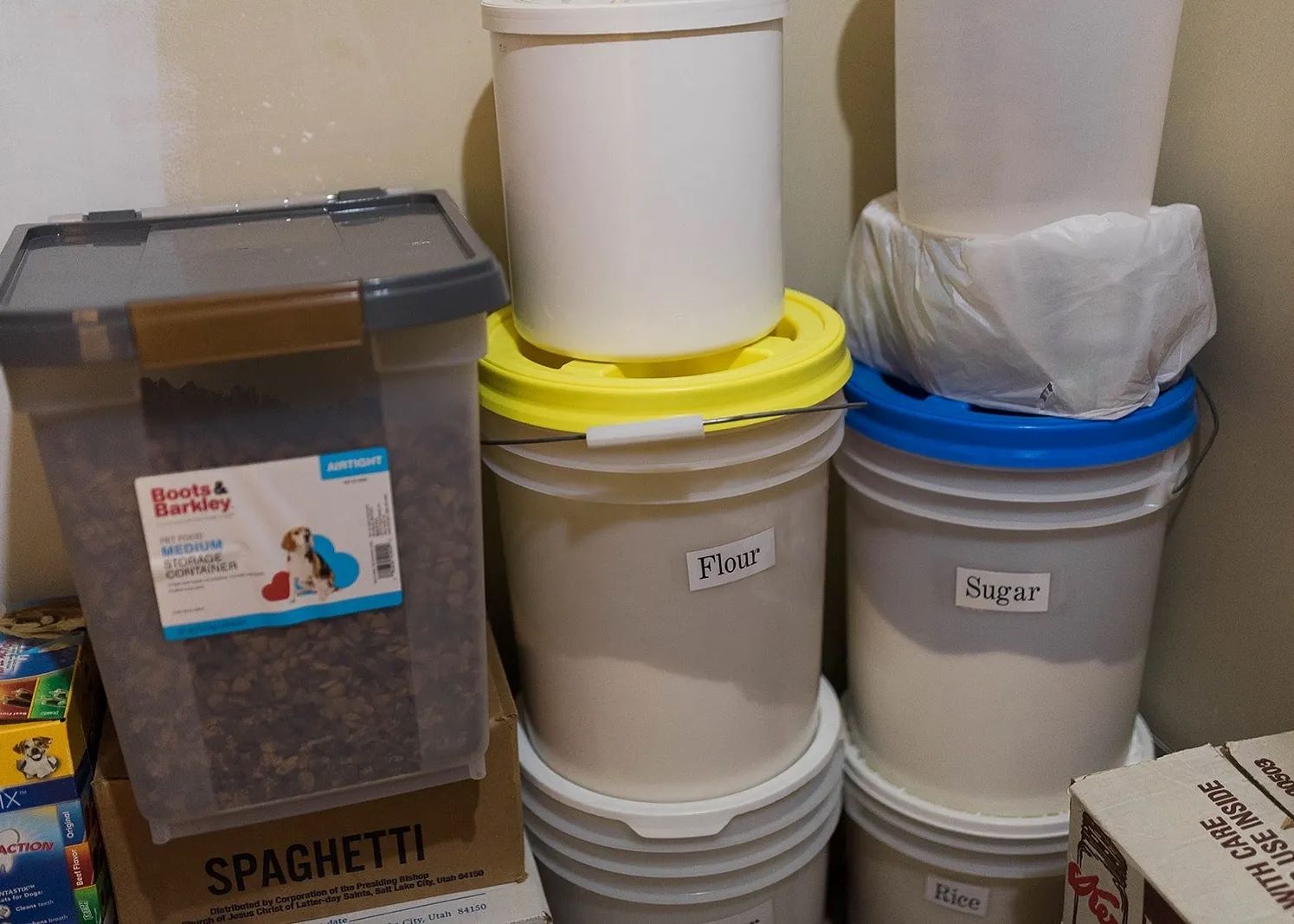
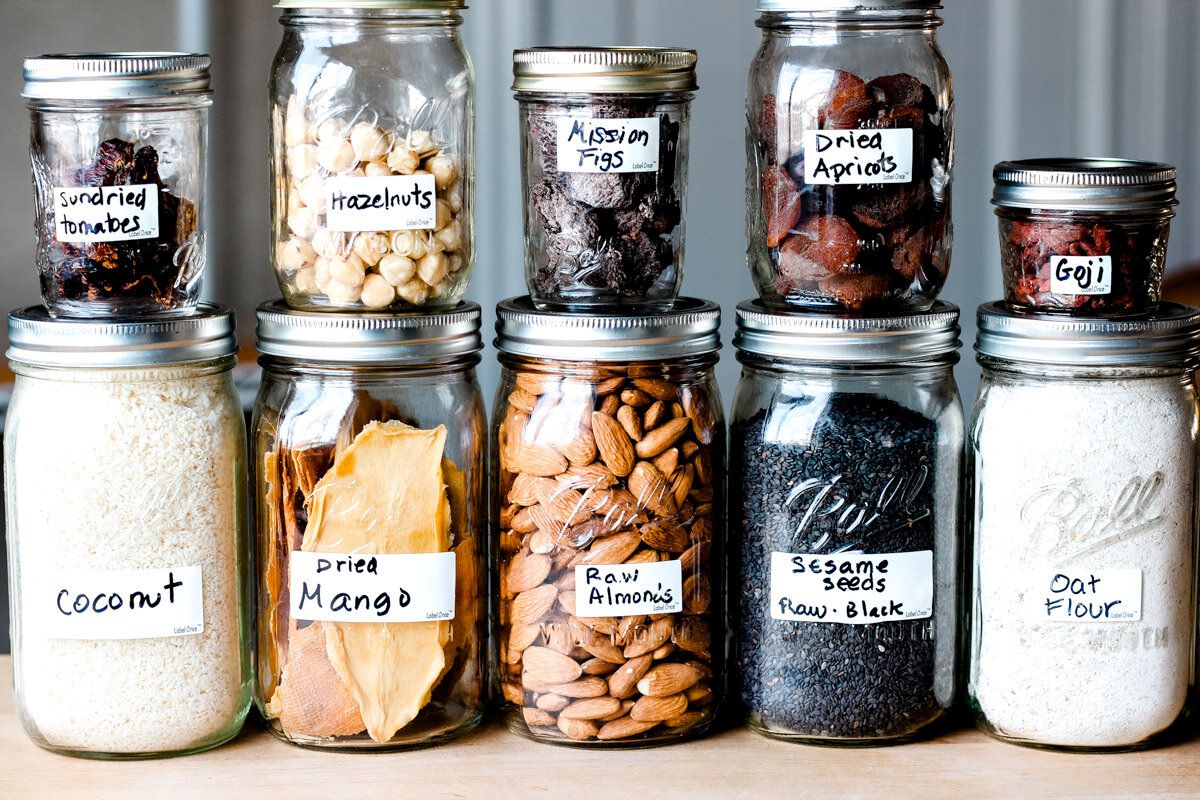
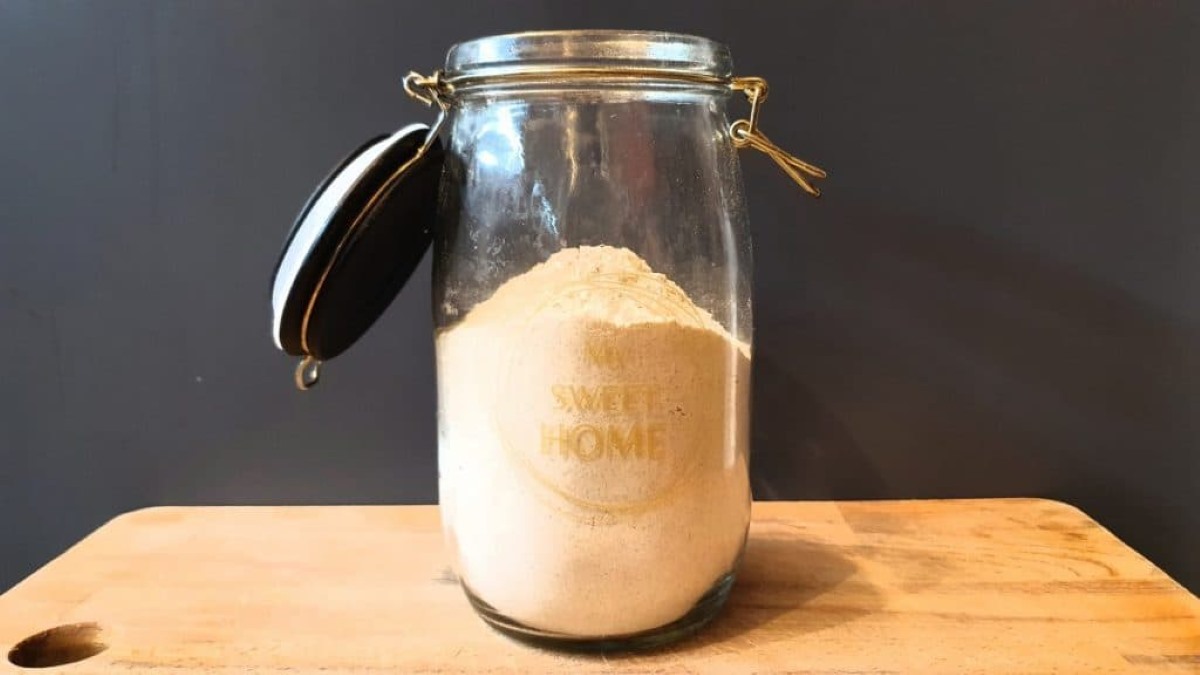
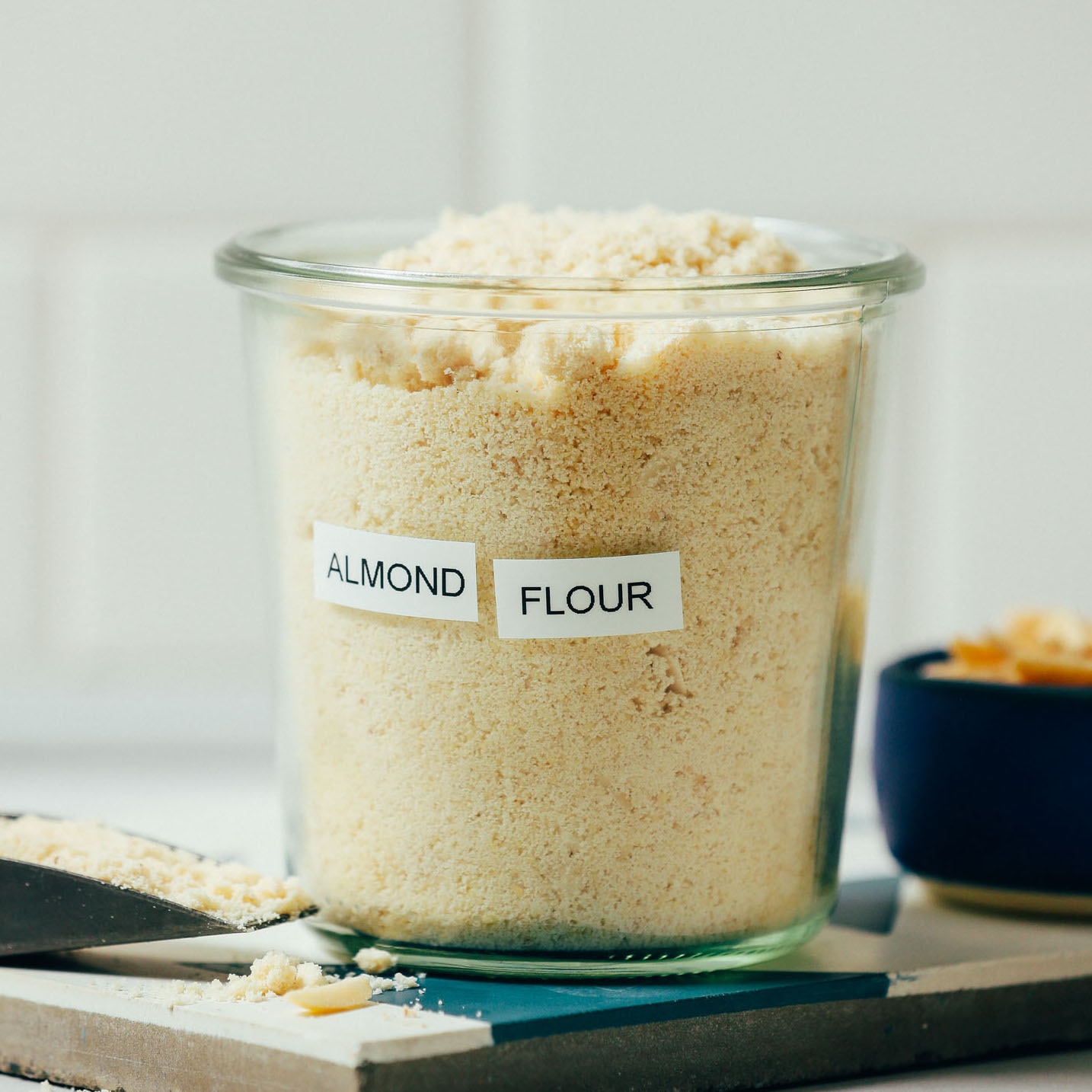
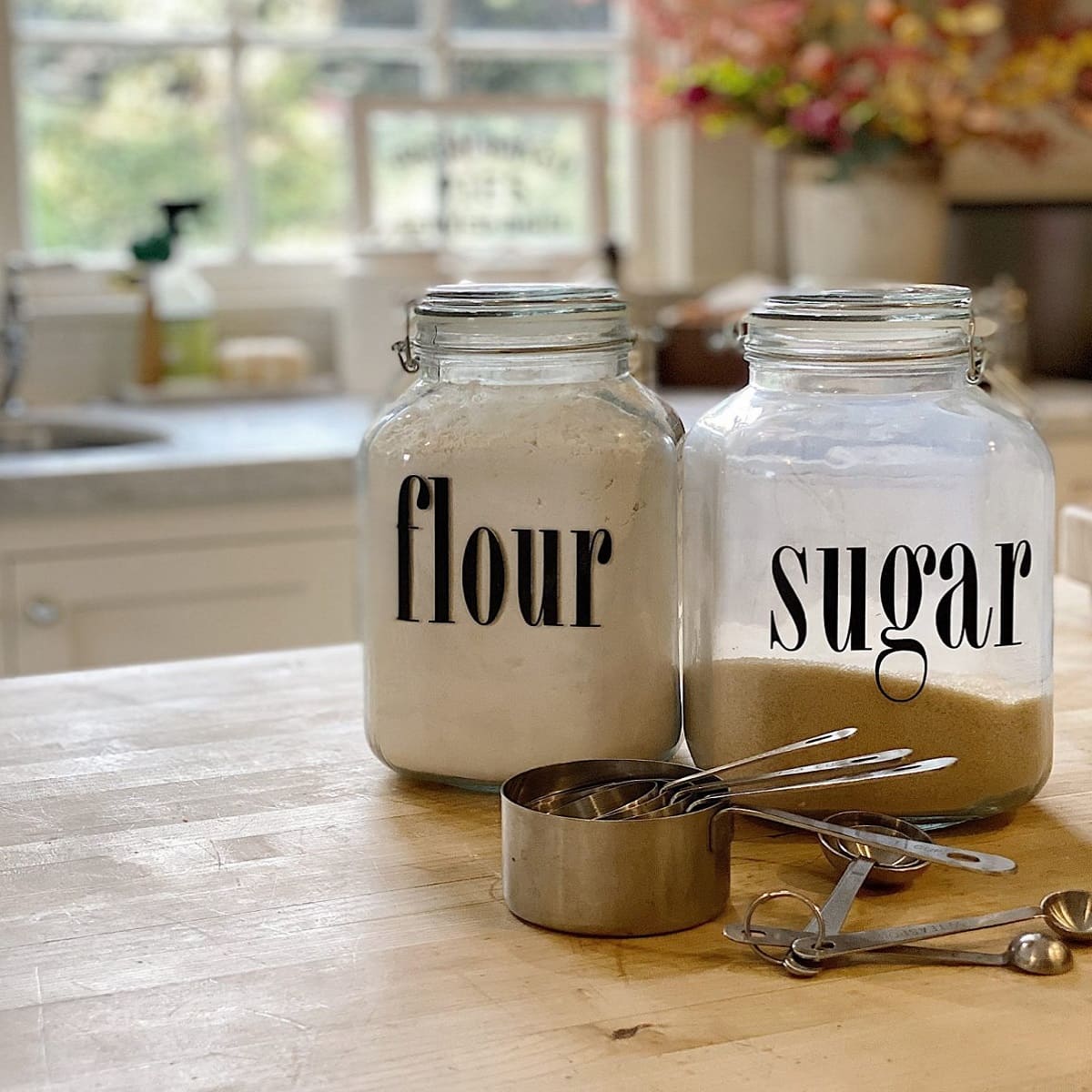
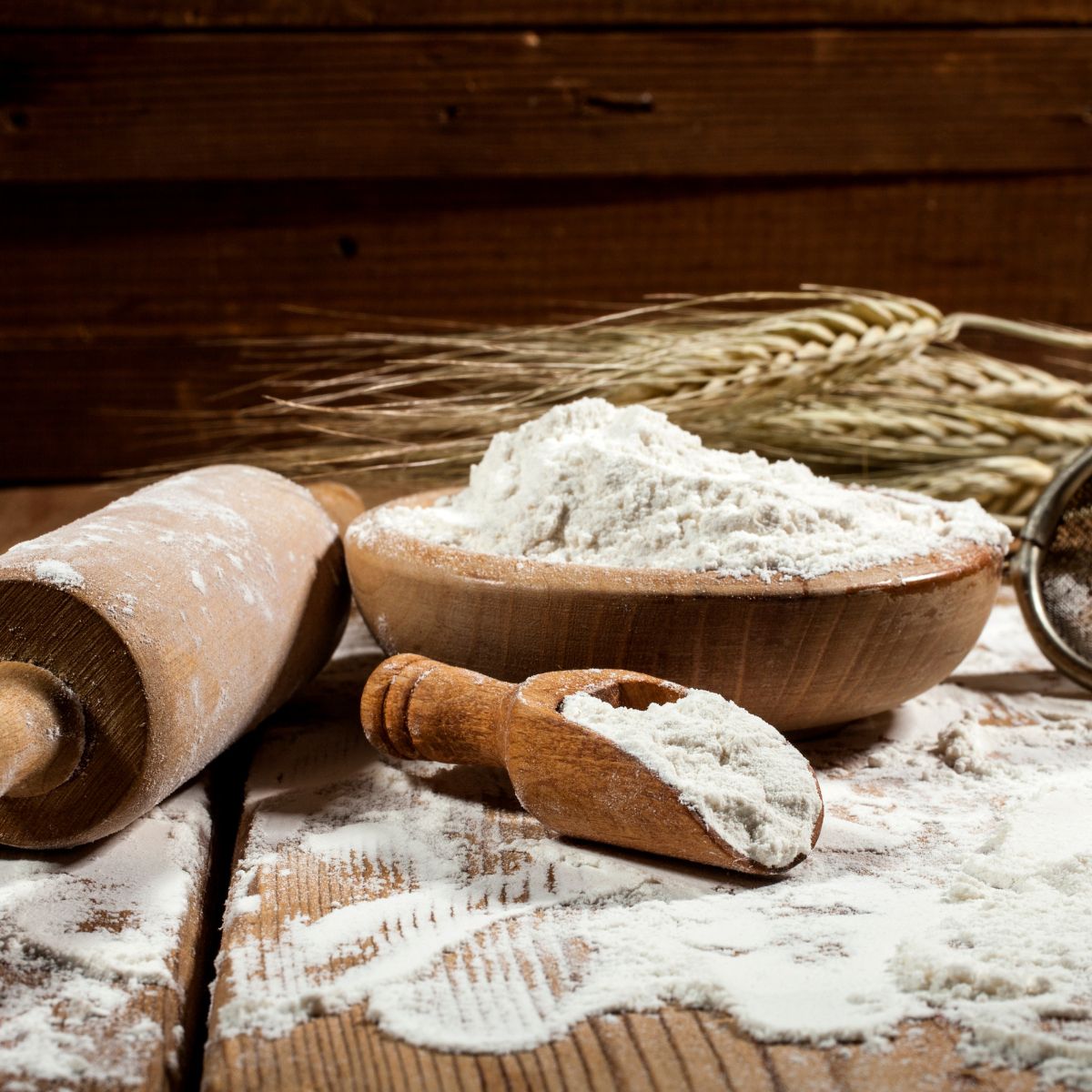
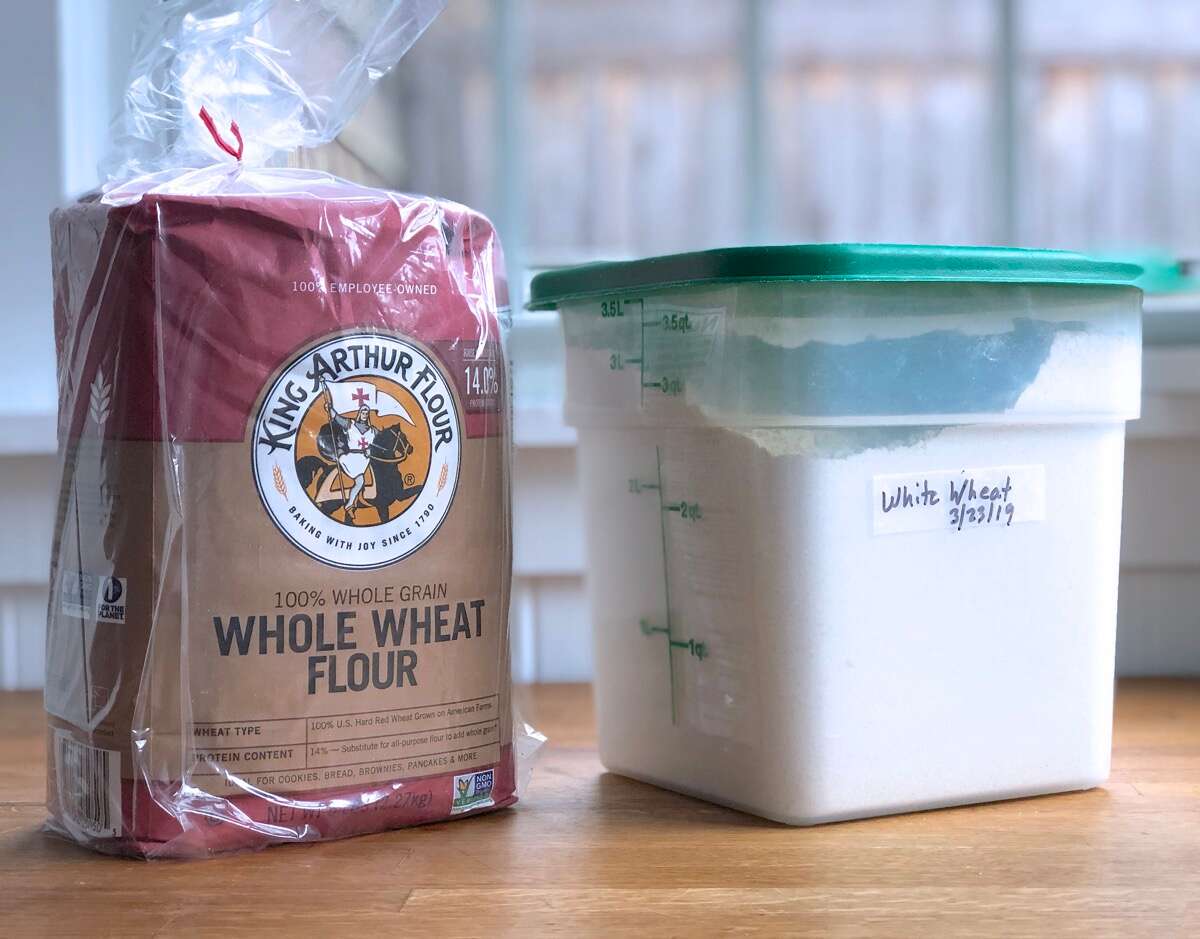
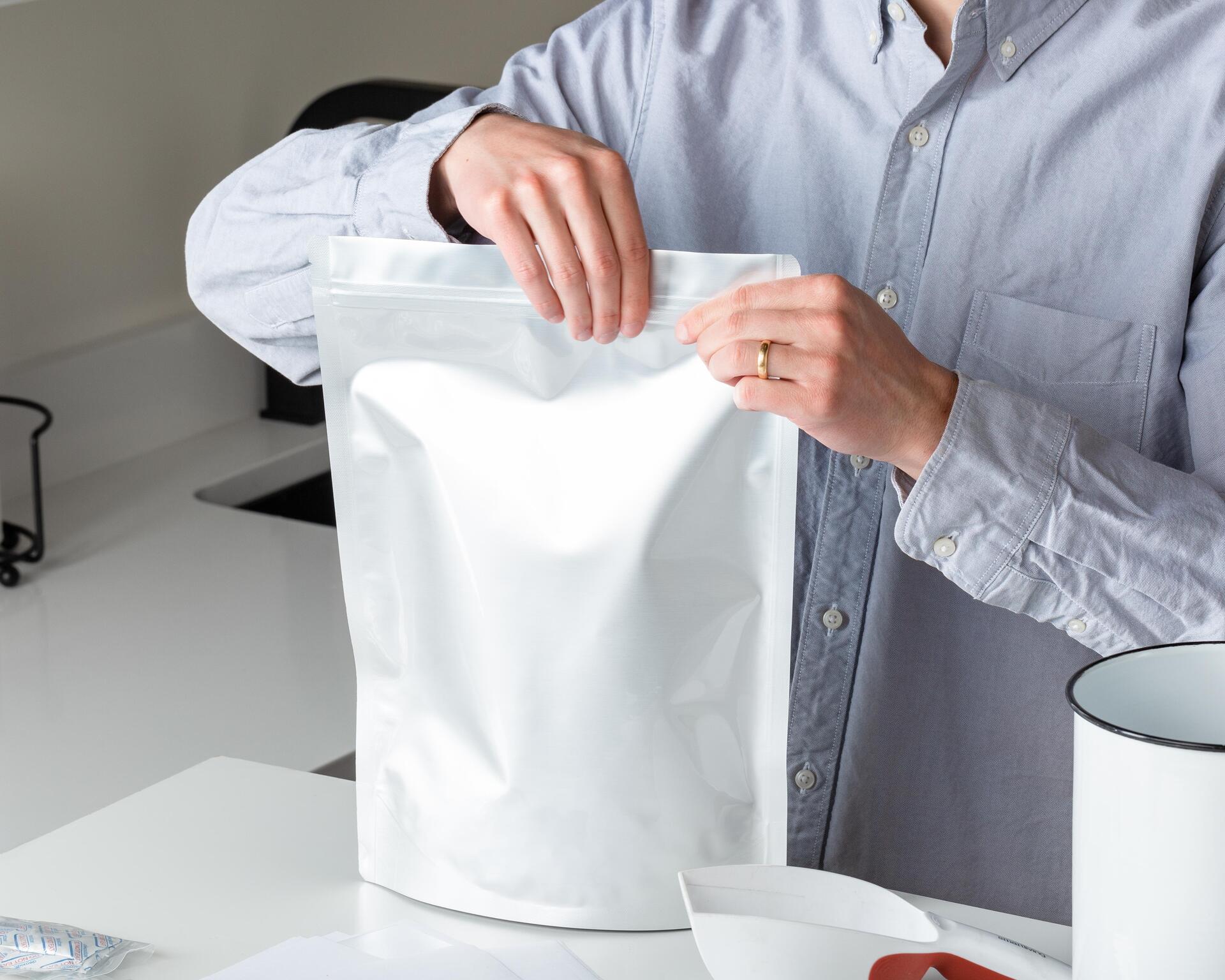
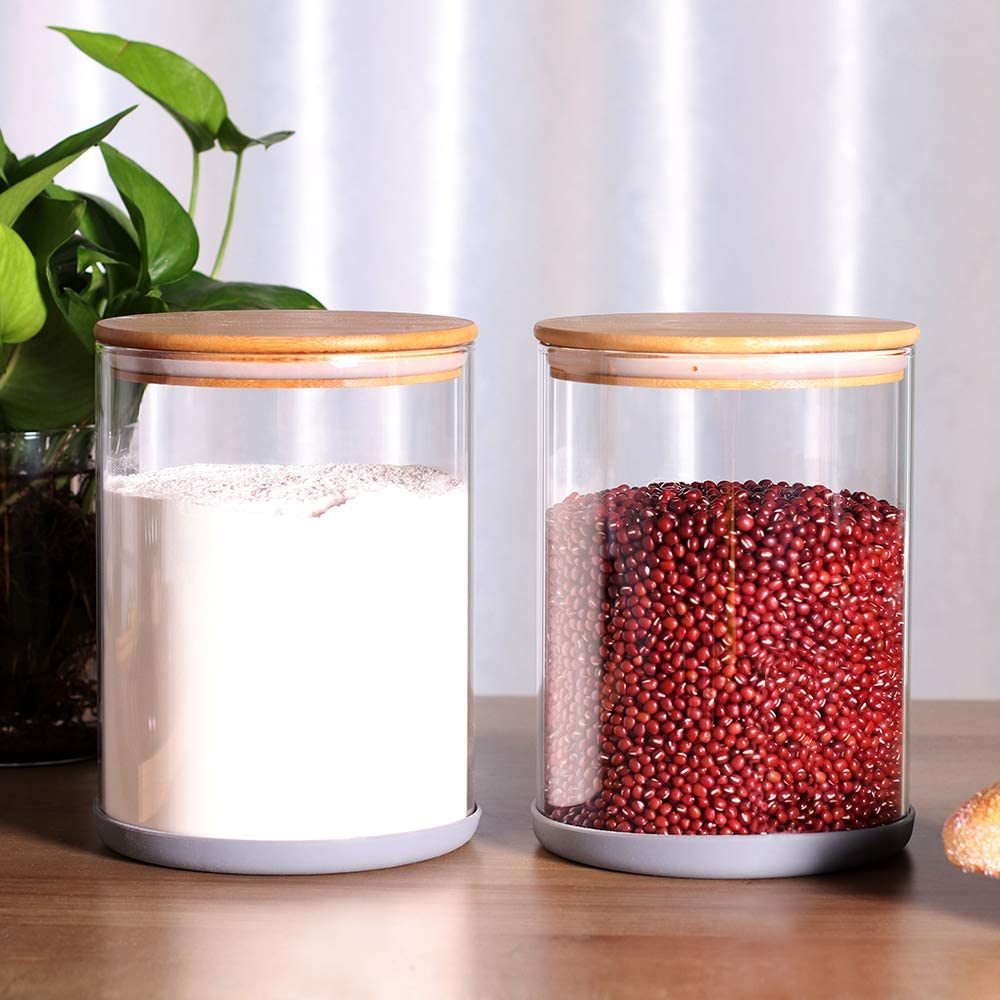
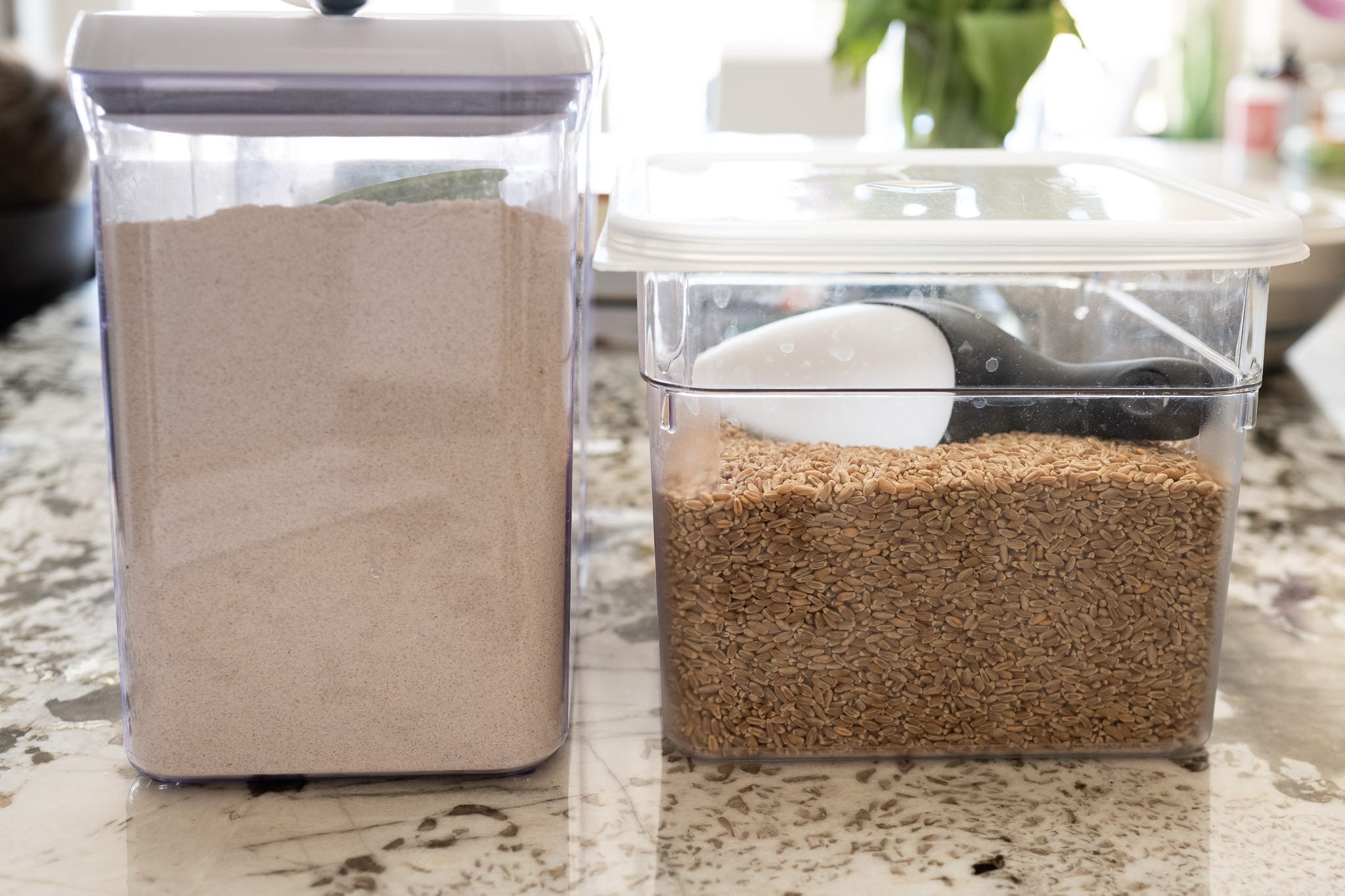



0 thoughts on “How To Store Bulk Flour Long-Term”